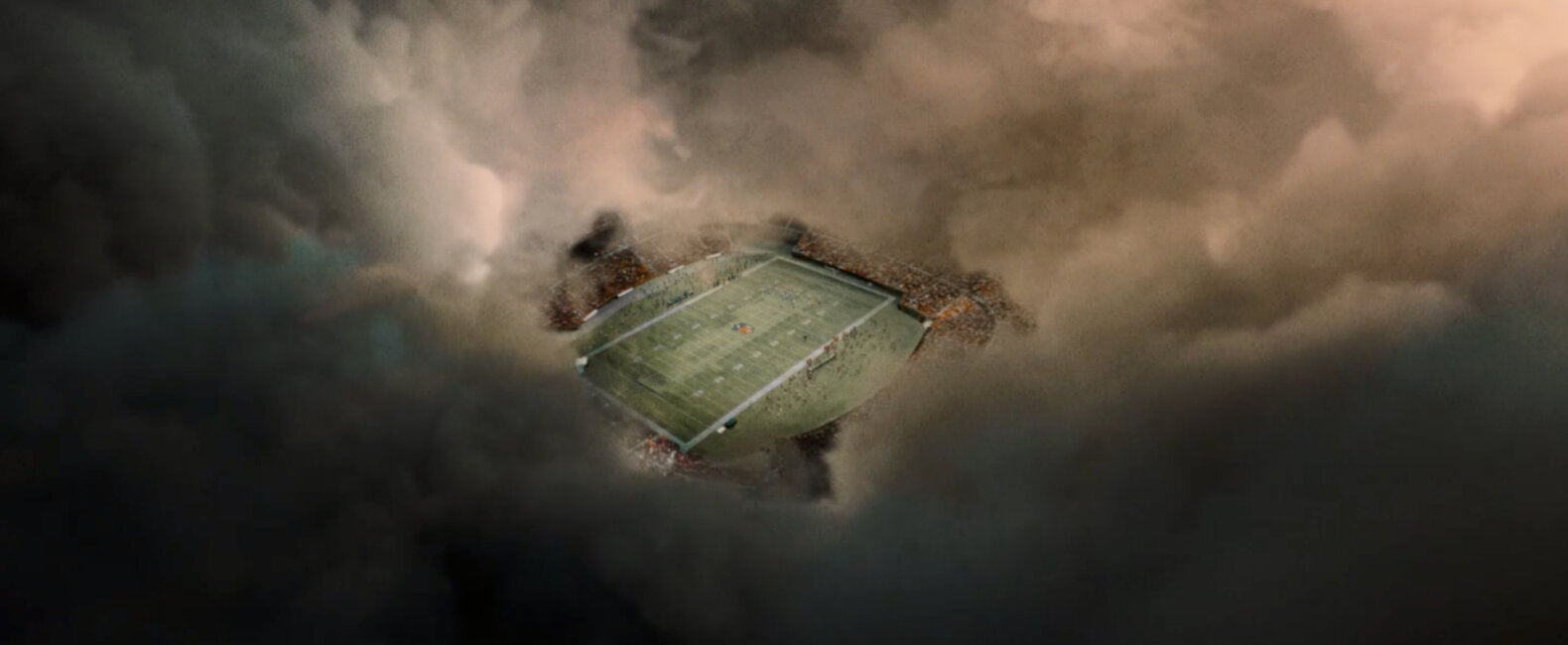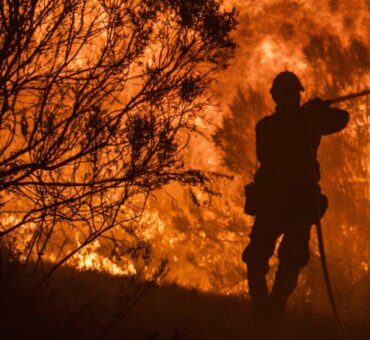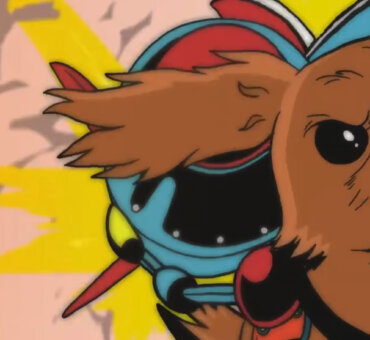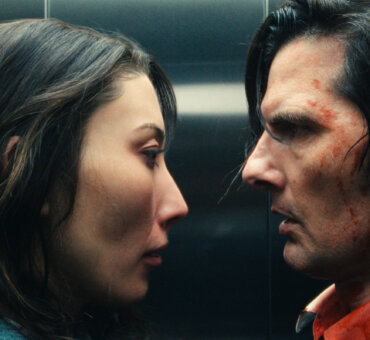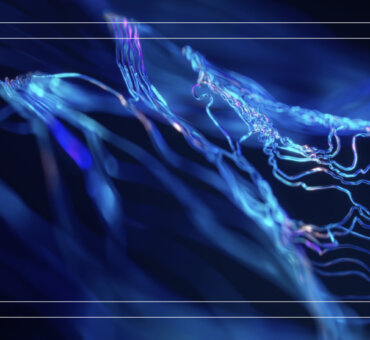At a foundational level, editors are specialists in what feels right. We’ve had countless conversations with post-production professionals who all say similar things like, “You have to go with your gut” or “It just needs to feel right.” Editors are trained in the art of operating at a subliminal level and drawing it up to the surface.
“We all watch TV. We’ve all watched tens of thousands of hours of footage and videos,” editor Alex Morrison told us. “After a while, your mind starts to get used to what looks nice and feels good. Editing is more about understanding what feels good, knowing why, and then making it happen.”
And knowing why may be the biggest differentiator between an editor and a great editor. In his work with Stept Studios on an Oakley spot announcing their partnership with the NFL, Alex had to dive deeply into small moments that paid off big, moments that had to feel right to the viewer without them even noticing. It’s a tricky business, one that Alex has learned firsthand.
In our latest episode of Behind the Work, we dove into the production of this spot, and in our interview with Alex we dove into the post-production side. We talked about navigating the creative challenges of branded projects, why the “best” take isn’t always the best, and how a solution is always hiding under the surface.
Here’s editor Alex Morrison.
Filmsupply: At what point did Stept bring you into the process?
Alex Morrison: When they brought me in, they had just about wrapped. I came in and got caught up with their overall direction and storyboards, spending the first day just familiarizing myself with everything. Prior to that, I had worked on a lot more fast-paced, fashion stuff, so it was a step forward in terms of slowing it down and having the narrative be upfront and center. It involved a lot of fine-tuning, figuring out how to marry the shots together to create the narrative.
Did that mainly involve referencing storyboards?
That’s the thing in editing. Sometimes you can’t follow the storyboard. You’ve got to just work with the footage you have. In this case, the storyboard was pretty solid. There were just a few moments where I needed to figure out how we were going to get from this part of the storyboard to this part of the storyboard in a fluid way.
We had to take a look at the different moments we could use to cut as transitional elements—from say, when the ball is first hiked to him breaking off and running out of the pocket. And then, after Juju [Smith-Schuster] catches the ball, how are we going to cut fluidly to him sprinting off down the sideline?
There were a couple of cuts in those transitional moments where I don’t think anyone would notice, but they obviously help sell some of the moments, especially that early transitional phase where we cut from the ball being hiked. Working with the raw footage without any VFX, I ultimately know it’s going to look really epic, but I have to piece it together enough so that the client can see what is ultimately going to happen in the VFX.
Of course, the audience would notice those transitional moments if they were wrong.
Yeah, exactly. I was just trying to match-cut and find the frames that felt good, where it didn’t feel so jarring. When the ball gets hiked, we see someone running across the scene sideways. And I ended up speed-ramping, trying to figure out how fast this guy is going to run, then integrating slow-motion during the handoff. It was all about pacing and timing of the footage—flowing from real-time, and then to slow-mo, and then back in real-time.
How do you know when those moments aren’t working?
The cool thing with editing is that you get immediate feedback. You try something and you can tell that it’s not working. I’m working on an edit right now, just starting and putting together the little sequences. You have an idea in your mind, you try it, and then you know it doesn’t feel right. That’s the fun part of editing. You get a lot of immediate feedback on what you’re doing.
We all watch TV. We’ve all watched tens of thousands of hours of footage and videos. After a while, your mind starts to get used to what looks nice and feels good. Editing is more about trying to understand what feels good, knowing why, and then making it happen.
How closely are you working with the VFX team on a project like this?
They had a lot of this project already in place when I came in. A lot of the footage was determined in pre-production and on the shoot because they have to shoot the plates for VFX. For example, the visor where we see the slow-mo dive and the coach is yelling. The plate for that was shot and you definitely have to dictate to VFX the best shots. You give them what they’re going to work with, but they already have an idea of what they’re going to do.
The story is already there, but you have to find those little moments that help move the narrative forward. For example, it was always storyboarded that the hike was going to the quarterback. Someone is going to run by him, then he’d pull up, swing out of the pocket, and throw the ball to Juju. Then he’s going to run down the sideline. Those chunks of the storyboard are there. Then you have to figure out how to make it flow. Juju does a spin move, and then all of a sudden there’s a defender there. What are the best takes and how do you tell that moment in the best way?
That part of the storyboard could have been told in a number of different ways. We needed to figure out how we wanted the defender to feel, looking at him from the eyes of the player running at him. And, if you liked that take, then all of these other things need to change for it to make sense. If we have one brick in the wall here, then all these other little things need to fall in line to make it happen. If we had gone with another take of the defender, maybe he was sort of running into frame as opposed to just standing there, the question would be “how did the other shots around that help make that moment feel right?”
[/vc_column_text][/vc_column][/vc_row]
How do you define a “best take” in this case?
It’s just what is working. From an acting standpoint, there are a lot of times where you don’t choose the “best take”. Another take may help keep the wheel turning in the story. You have to ask yourself does this make sense for the entire piece? You may need to put together a spot 20 different ways before falling on that one way—the best way to tell the story.
And there’s always a solution?
You eventually realize there’s a solution to everything you’re working on. You learn to troubleshoot a piece and come up with creative solutions that ultimately get you what the storyboards had planned. You’re not going to find that straight off the bat in a lot of cases. A piece like Oakley reminded me that you’re always going to make the piece work, you just need to find the right solution. Clients may ask, “How are we going to do it?” And you say, “There’s always a solution. Let’s figure it out together, we’ll get there in the end.”
Watch our Behind the Work episode featuring Stept, or read our conversation with commercial editor Carla Luffe about knowing when to let a project go.
